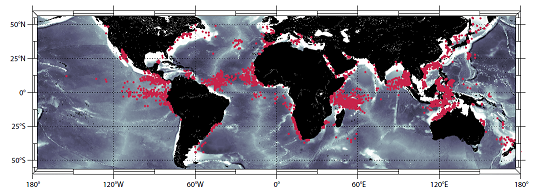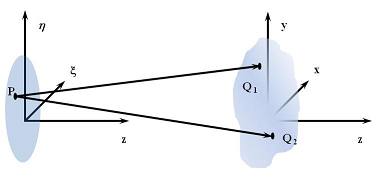Main Content
Background Structure Functions for Underwater Acoustics to forecast Phase Statistics and Reduce Energy Loss,
from Michael Kobold:
A
dissertation accepted by ProQuest, based on this unsigned front matter, will be available in May, with
Presentations like this, separate videos of wavefront distortion for
Caribbean and Gulf
and
St. Andrew Bay over tidal variations. These are essentially from and for the work for the OCEANS 22 paper.
Presented to FAU Ocean and Mechanical Engineering Department chair Pierre-Philippe Beaujean, PhD, Professor.
The AIP Advances page for Gouy phase in the sea is hopefully adequate to help others do similar analysis.
Here is an errata for the paper as of 10oct23.
Let me know of any issues with these versions.
The sheet named marketCap of the spectral efficiency calculations from wikipedia pages of the same name (spectral efficiency) show that a tabulation of the market capitalization provides the basis for an estimate that laser-comms has 2200 times the funding that acoustic communications has. One might assume market cap differences are related to research funding differences.
For 10 June 2023 the current investigation including delivered, accepted, and submitted papers pending approval. Also, a study from 2023 to better explain the evolution of Doppler and delay spreads, graphically. USA (USPTO) Patents related to this dissertation are US11431421 (30au22) and US11653125 (16my23).
Michael C. Kobold and Michael C. McKinley, "Remote vibrometry recognition of nonlinear eigen-states for object coverage of randomly large size," Journal of Vibroengineering, Vol. 22, Issue 3, 2020.
The paper is best accessed at this web site.
One of the strangest issues involving problems using underwater acoustic modems are the internal waves that are blamed for poor acoustic communications or a complete lack of a-comms. They are more numerous than we might expect, even these exotic nonlinear internal waves:

